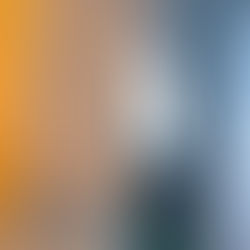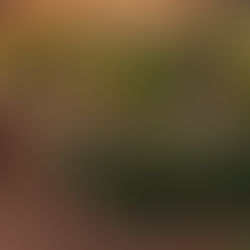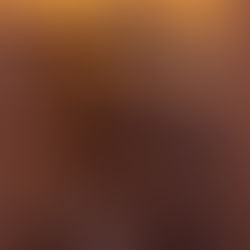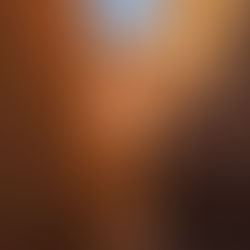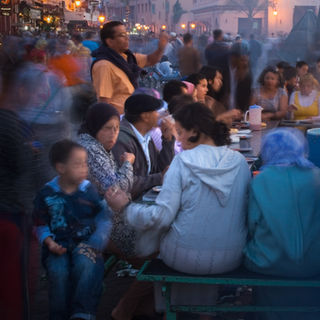Where
Various
When
1st - 13th April
2026
How Much
£4,900
Single occupancy
(£320 supplement in desert camp)
Although it's only a short hop from Gibraltar, Morocco is a world apart.
Divided by the Atlas mountains, the country's culture has been influenced by invasions from the north and the great camel trains across the Sahara from the south. Throughout time the Berber people have maintained their identity by retreating to their mountain strongholds, cloaked in snow for half the year. Further south the Touareg nomads still make their home in the vast wastes of the Sahara desert.
Enormous gorges cut through these mountains, their valley floors green with lush gardens which the Berbers use to feed themselves and animals. In the spring the mountains are carpeted with wild flowers whilst the Berbers cultivate roses for rosewater and perfume. We will see ancient kasbahs made from huge blocks of mountain clay, sometimes palatial and often beautifully framed by the landscape. We will stay in some beautifully converted into hotels, whilst others have been renovated and used in films, from Lawrence of Arabia to Gladiator. Ait Benhaddou is perhaps the most famous of these. The 3,500 year old fortified village is the oldest continuously inhabited settlement in Morocco and a World Heritage site.
This tour explores part of the country that has been influenced by a succession of civilizations since the Phoenicians spread through the Mediterranean region. It has absorbed cultures from southern and western Africa, across the Sahara, and has had a direct influence on people living as far north as southern France, with the Moorish invasions of Europe in the 11th century. The proximity to Europe - across the almost impossibly narrow straits of Gibraltar - is one reason that there are still two Spanish enclaves at Ceuta and Melilla on what would otherwise be the Moroccan coast.
What has made it possible for Morocco to retain its individuality is its geography. The northern coastal plains rise to a series of mountains that form a physical and cultural barrier between the sea to the north and the desert to the south. The three Atlas ranges and the Rif rise to a maximum of 4071 metres above sea level. In these wild and concealing mountains influences from both the north and the south can mingle freely. This has resulted in the Berber’s unique blend of Islamic and pre-Islamic culture, and skin complexions that range from the pure black of the southern Sahel to the unexpected rosy cheeks and blue eyes of the Berbers.
This unique cultural melting pot is both hidden and nurtured by the mountains themselves, which scour the winds blowing in from the sea of their moisture, spawning lakes and rivers. This allows the mountain people to cultivate lush gardens with which to feed themselves and their livestock. These seasonally irrigate the plains far below and even run far into the desert wastes, providing the oases that have made the southern town of Marrakesh one of the main destinations for the camel caravans from south of the Sahara.
We will travel this dramatic landscape in four wheel drive vehicles, enabling us to get well off the beaten track. During the day we explore the intimate gorges and gardens, where wheat and roses mingle with wild poppies. The evenings might bring still conditions with crystal clear light, perhaps a sandstorm bathing the landscape in an otherworldly hue or cloud shadows picking out individual dunes in an ever-changing scene. We must be prepared to experience all the extremes of light and colour thrown at us, with open eyes and an open mind.
Our final night will be in Marrakesh, an extraordinary, colourful and stimulating culmination to the tour. The ancient capital of the Berber people is full of relics of the desert caravans and great civilizations that have passed through Morocco. We will visit the Place Jema el Fna - by day full of snake charmers, fortune tellers and tooth pullers and by night one huge outdoor barbecue.
Due to the nature of the terrain and to the fact that we spend two nights camping in the desert, this trip is not for the faint hearted. We will be well looked after, but inevitably some days will be hot and dusty. But to create a meaningful image, you must first come to terms with your subject!
What's Included
What's Not
-
All transport during workshop
-
Accommodation, all breakfasts and ten dinners
-
Single occupancy (except in the desert camp)
-
Photo tuition from David Ward & Giles Stokoe
-
Flights
-
Travel insurance
-
Lunches and two dinners
-
£320 supplement for single occupancy in desert camp (subject to availability)
-
Alcoholic beverages
-
Personal incidentals
£4,900 single occupancy except in desert camp (see above)
£1,000 fee payable at time of booking














